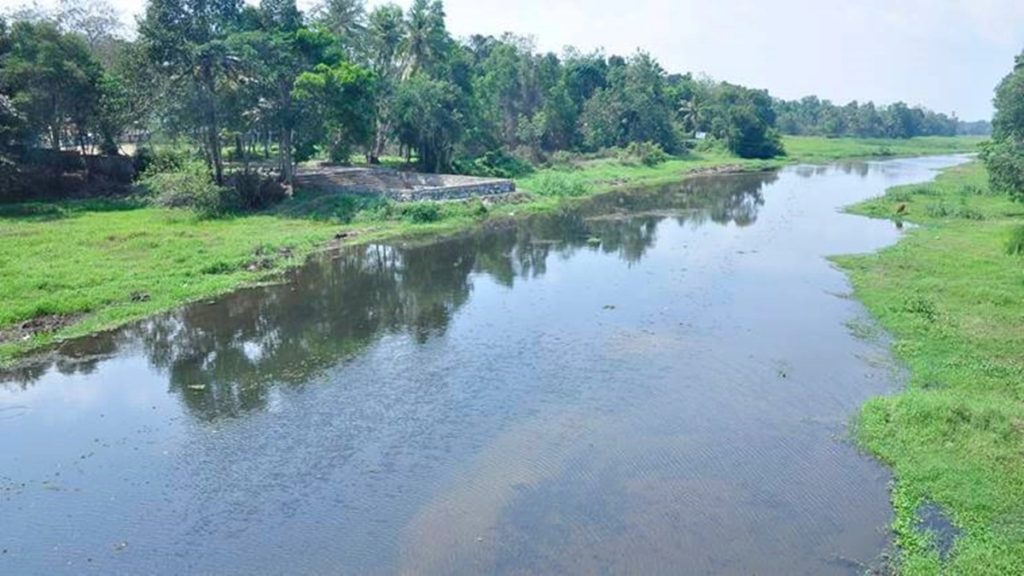The Jal Shakti ministry has released the report of India’s first water bodies census, which provides a comprehensive database of ponds, tanks, lakes and reservoirs in the country.
The Jal Shakti ministry has released the report of India’s first water bodies census, which provides a comprehensive database of ponds, tanks, lakes and reservoirs in the country. The census, conducted in 2018-19, covers more than 2.42 million water bodies across states and Union territories. Sandip Das outlines its key findings
Why was the census needed
The Jal Shakti ministry undertook the census so that the findings can help in policies on judicious water use and conservation. The census was conducted in convergence with the sixth minor irrigation census. All natural or man-made water units bounded on all sides with some or no masonry work, used for storing water for irrigation or other purposes—such as industrial, pisciculture, drinking, ground-water recharge, etc—qualify.
Water bodies are structures where water from ice-melts, streams, springs, rain or drainage from residential or other areas is accumulated. Storage of water diverted from a stream, nala or river is also inlcuded. The definition excludes oceans, rivers, waterfalls, swimming pools, covered water tanks made by individuals, factories and temporary water bodies.
Key findings
The census has enumerated 2.42 million water bodies, out of which 97.1% (2.35 million) are in rural areas and 2.9% (69,485) in urban areas. The census classifies 59.5% (1.44 million) of the water bodies as ‘ponds’—tanks (15.7%), reservoirs (12.1%), water conservation schemes, percolation tanks & check dams (9.3%), lakes (0.9%) and others (2.5%).
Among these water bodies, 83.7% (2.03 million ) are ‘in use’; the remaining are non-functional on account of drying up,silting, construction, etc. According to the census, 55.2% (1.33 million) are owned by private entities and 44.8% are under public ownership. Information on encroachment of water bodies has been collected, according to which only 1.6% water bodies out of all the enumerated bodies have suffered encroachment. Within this pool of encroached bodies, 95.4% are in rural areas and remaining 4.6% in urban areas.
Status of India’s water resources
India accounts for 18% of the world’s population, but has only 4% of its fresh water resources. More than 80% of water in the country is consumed in agriculture while the rest is used for domestic and industrial purposes.
The country’s water resources have become extremely polluted, with 70% of surface water found to be “unfit” for human consumption. A sound and reliable database on water bodies is prerequisite for effective planning and policy making for prevention of pollution and furthering of conservation and restoration of water bodies.
Per capita availability of water in the country is projected to fall from 1,486 cubic metres in 2021 to 1,367 cubic metres by 2031, the government said, citing data from a report compiled by the Central Water Commission (CWC). Per the 1951 census, the per capita availability was more than 5,000 cubic metres.
Regional variations
Maharashtra leads amongst all the states and UTs in building water bodies under water conservation schemes. The census found West Bengal has highest number of ponds and reservoirs, while Andhra Pradesh has highest number of tanks and Tamil Nadu has highest number of lakes. Out of 97,062 water bodies in Maharashtra, 96,343 are in located in rural areas and only 719 in urban areas. Almost 93% of water bodies in Maharashtra are in the form of check dams, indicating that the rural part of the state relies on water-conservation schemes—more than any other state in the country, as per the census.
West Bengal’s South 24 Parganas has been reported to be the district with the highest (0.35 million) number of water bodies across the country. It is followed by Andhra Pradesh’s Anantapur (50,537) and West Bengal’s Howrah (37,301). In terms of privately-owned water bodies, most of them are either owned by individuals or farmers, followed by a group of individuals and other private bodies.
West Bengal topped the list with the largest number of water bodies owned by private individuals followed by Assam, Andhra Pradesh, Odisha and Jharkhand.

Source:financialexpress.com


